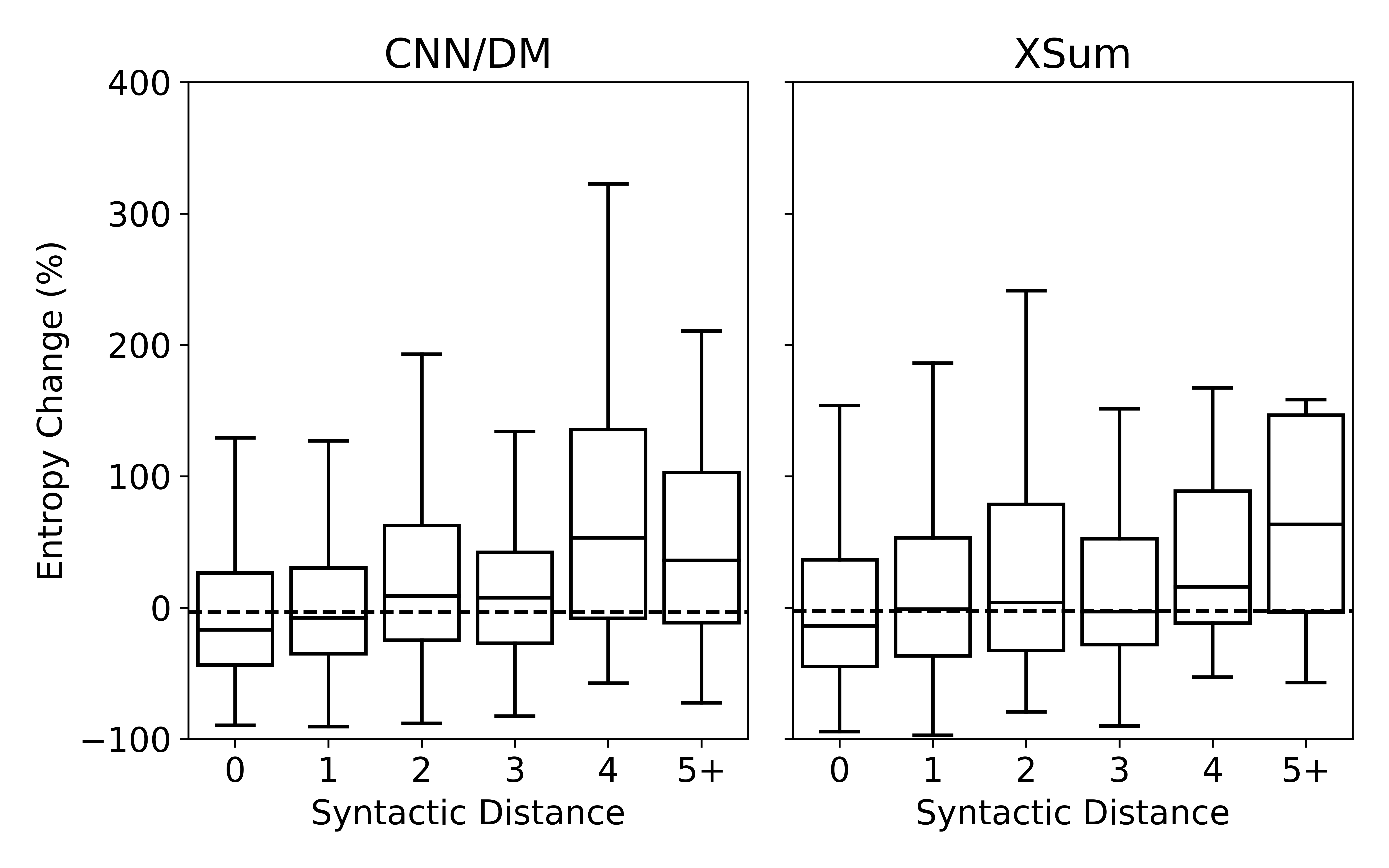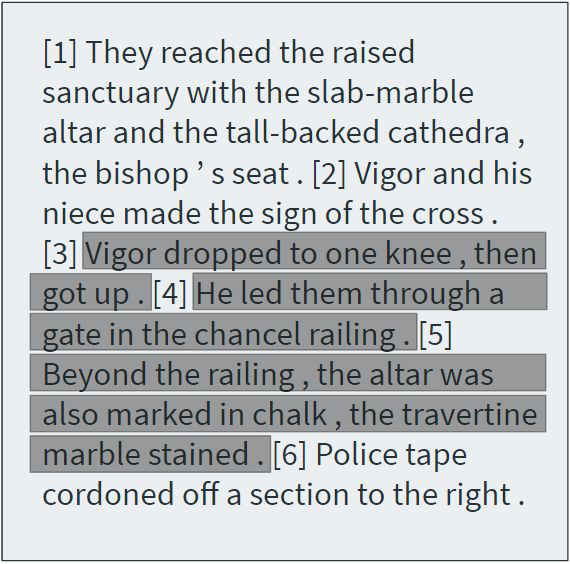Centering-based Neural Coherence Modeling with Hierarchical Discourse Segments
Sungho Jeon, Michael Strube
Discourse and Pragmatics Long Paper

You can open the pre-recorded video in a separate window.
Abstract:
Previous neural coherence models have focused on identifying semantic relations between adjacent sentences. However, they do not have the means to exploit structural information. In this work, we propose a coherence model which takes discourse structural information into account without relying on human annotations. We approximate a linguistic theory of coherence, Centering theory, which we use to track the changes of focus between discourse segments. Our model first identifies the focus of each sentence, recognized with regards to the context, and constructs the structural relationship for discourse segments by tracking the changes of the focus. The model then incorporates this structural information into a structure-aware transformer. We evaluate our model on two tasks, automated essay scoring and assessing writing quality. Our results demonstrate that our model, built on top of a pretrained language model, achieves state-of-the-art performance on both tasks. We next statistically examine the identified trees of texts assigned to different quality scores. Finally, we investigate what our model learns in terms of theoretical claims.
NOTE: Video may display a random order of authors.
Correct author list is at the top of this page.
Connected Papers in EMNLP2020
Similar Papers
Understanding Neural Abstractive Summarization Models via Uncertainty
Jiacheng Xu, Shrey Desai, Greg Durrett,

SLM: Learning a Discourse Language Representation with Sentence Unshuffling
Haejun Lee, Drew A. Hudson, Kangwook Lee, Christopher D. Manning,

Structured Attention for Unsupervised Dialogue Structure Induction
Liang Qiu, Yizhou Zhao, Weiyan Shi, Yuan Liang, Feng Shi, Tao Yuan, Zhou Yu, Song-Chun Zhu,

